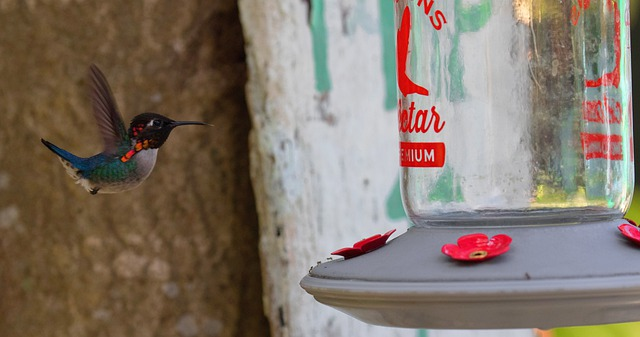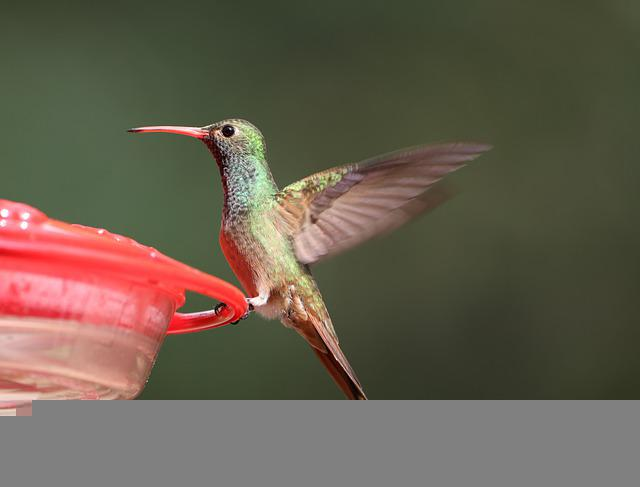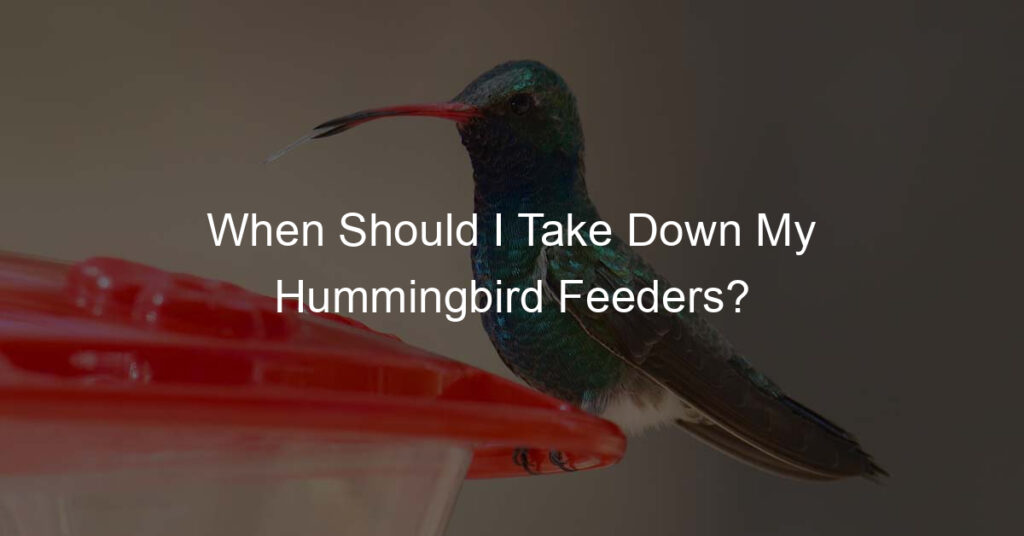Are you wondering when should you should take down your hummingbird feeders for the season?” You’re not alone. We all know it’s that time of year again – the leaves are changing color, the days are getting shorter, and the hummingbirds are migrating south. If you’re like me, you probably have a hummingbird feeder or two hanging in your backyard, providing a tasty treat for these tiny birds.
But when it comes to caring for hummingbirds, there’s a lot of debate about when is the best time to take down your feeders. Some say you should take them down in the fall when the cold weather sets in and the birds begin migrating southward. Others believe you should keep your feeders up all winter to provide food for stray hummingbirds passing through your area.
So, when is the right time to take down your feeders? As with most things concerning hummingbirds, there’s no single answer that fits everyone. Here are a few things to consider when deciding when it’s time to put away your feeders:

Variables To Consider
Ah, the great outdoors: fresh air, chirping wild birds. And hungry rufous hummingbirds vying for a spot at your hummingbird feeder. Like most people, you probably put up your hummingbird feeders as soon as the first migratory bird arrives in spring and take them down when the last one leaves in fall.
But is that the best thing to do? The answer, it turns out, is a little complicated. Let’s take a closer look at when to take down hummingbird feeders by exploring some key variables.
Another Interesting Read: Where Is The Best Place To Hang A Hummingbird Feeder?
Location
If you take down your hummingbird feeders too early, you may miss seeing these beautiful creatures as hummingbirds migrate south for the winter. However, if you leave them up for too long, you may attract bears, raccoons, or other animals that can damage your home searching for a sweet treat.
So when should you take down your hummingbird feeders? The answer depends on several variables, including your location. Generally, it’s best to take down hummingbird feeders by mid-September in northern states and by late October or early November in southern states.
However, if you live in an area with a large bear population, it’s essential to take down your feeders as soon as the birds stop visiting, usually sometime in August. Following these guidelines gives you the best chance of attracting calliope hummingbirds without attracting unwanted guests.
Another Interesting Read: How To Open Hummingbird Feeder
Climate
Hummingbird feeders are an excellent way to bring these beautiful creatures into your yard and enjoy their aerial acrobatics up close. But when should you take down your hummingbird feeders? The answer to this question depends on several variables, including climate.
In general, hummingbirds begin to migrate south in late summer or early fall as the weather cools. However, some hummingbird species may linger into November or even December in areas with milder climates. If you live in an area where hummingbirds are known to overwinter, you can leave your feeders up all year round.
However, if you live in a place where the winters are cold and snowy, it’s best to take down your feeders in November or December to avoid attracting birds that won’t find enough food to survive the winter.
Of course, there are always exceptions to the rule. If you have a particularly cold-hardy species of hummingbird known to overwinter in your area, then you may be able to leave your feeders up a bit longer.
Conversely, if an early cold snap hits your neighborhood and forces the hummingbirds to migrate sooner than usual, you may need to take down your feeders a bit earlier than expected.
Paying attention to the local weather and the comings and goings of the birds in your yard will give you the best idea of when to take down your hummingbird feeders.
Another Interesting read: Do Bats Drink From Hummingbird Feeders?
Weather
Another variable to consider is the weather. Even if the hummingbirds in your area have started their migration, cooler temperatures can slow their journey. If you live in a room with harsh winters, it’s best to take down your feeders before the first frost hits.
This will give the birds a better chance of surviving the winter months. However, if you live in a milder climate, you may be able to leave your feeders up a bit longer. Just be sure to watch the weather forecast closely so you don’t inadvertently harm any birds.
Migration
One of the most critical factors of hummingbirds is migration. Hummingbirds typically begin their journey south in late summer or early fall. However, some stragglers cannot migrate until late fall or early winter.
As a result, you’ll need to pay close attention to the birds in your area to see when they start to head south. Once you notice a decrease in activity around your feeders, it’s time to take them down.
In short, there is no one-size-fits-all answer to when to take down your hummingbird feeders. Instead, you’ll need to consider factors like migration and local weather conditions before deciding. By doing so, you’ll help ensure that these creatures have a safe and successful journey south for the winter.

Individual Considerations
Though you may dread saying goodbye to your jewel-toned feathered friends at the end of summer, taking down your hummingbird feeders is vital in helping these migrating creatures return safely to their wintering grounds.
But when is the right time to say farewell? The answer is not as straightforward as you might think. There are several variables to consider before deciding to take down your feeders.
First, it’s essential to consider the individual needs of your hummingbird visitors. If you live in an area where rufous hummingbirds migrate early, it’s best to take down your feeders around the same time.
On the other hand, if you live in an area where male hummingbirds don’t start migrating until later in the fall, you can leave your feeders up for a bit longer. Keep in mind, however, that even late migrants will appreciate having a nutritious food source available as they begin their long journey south.
Another Interesting Read: How To Keep Ants Out Of Hummingbird Feeder
Temporarily Removing Hummingbird Feeders
There may be times when you need to take down your feeders for a short period, even if hummingbirds are still visiting your yard. For example, if a severe storm is forecasted or you live in an area prone to wildfires, removing your feeders is best until the danger has passed.
Clean And Refill Feeders Regularly
One of the best ways to ensure that your hummingbird visitors have a positive experience is to keep your feeders clean and filled with fresh nectar.
This means regularly cleaning your feeders with hot, soapy water and refilling them with fresh nectar every few days. These simple steps can help ensure that your hummingbird feeders are safe and welcoming for these migrating creatures.
Another Interesting Read: How To Fill Hummingbird Feeder
Keep Insects Away from Feeders
Another way to keep your hummingbird feeders safe is to prevent insects from taking over. Wasps, bees, and ants are attracted to sweet hummingbird nectar just as much as feed hummingbirds are. But these insects can quickly become a nuisance, making it difficult for hummingbirds to access the nectar feeders they need.
To prevent this problem, it’s essential to regularly check your feeders for insects and remove them as necessary. You can also try adding a bit of white vinegar to the nectar to help keep insects away.

Conclusion
There is no one-size-fits-all answer to when to stop feeding hummingbirds. Instead, you’ll need to consider factors like migration and local weather conditions before deciding.
By doing so, you’ll help ensure that these creatures have a safe and successful journey south for the winter.







